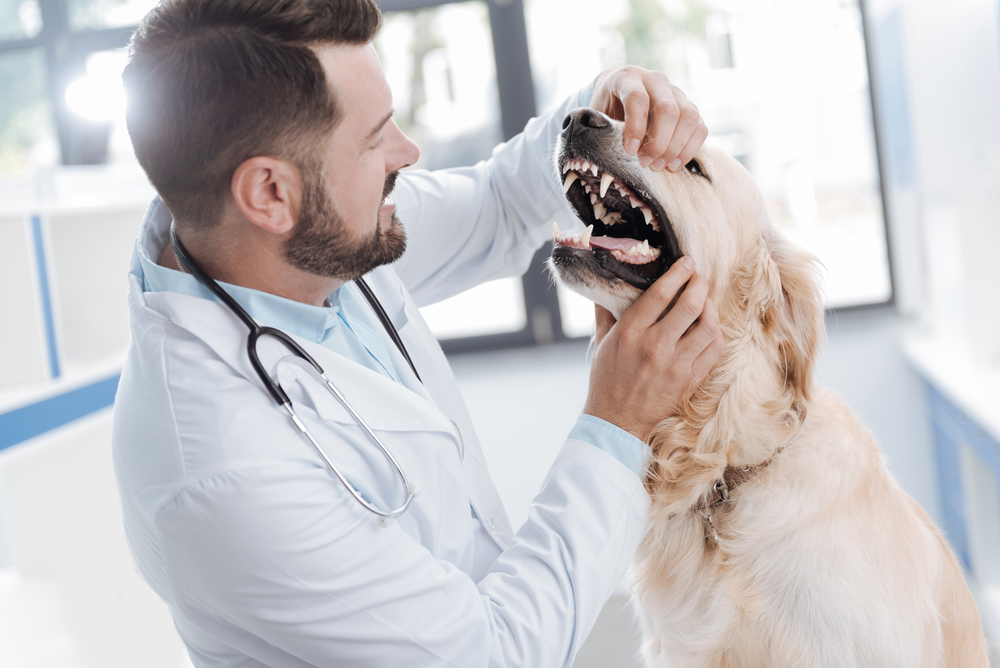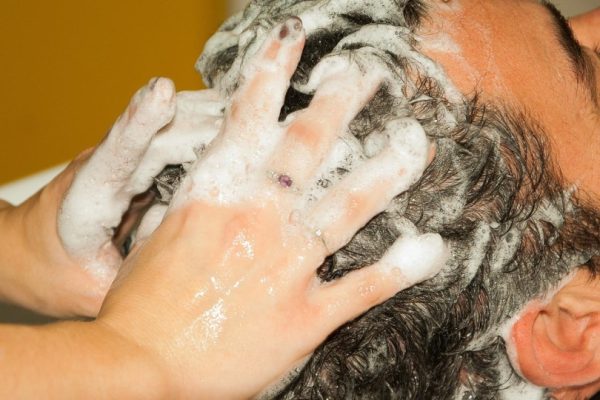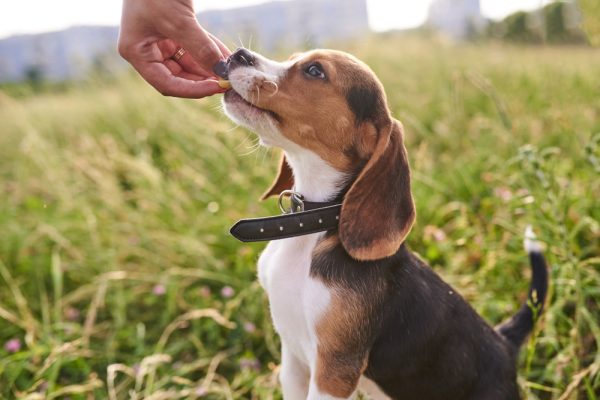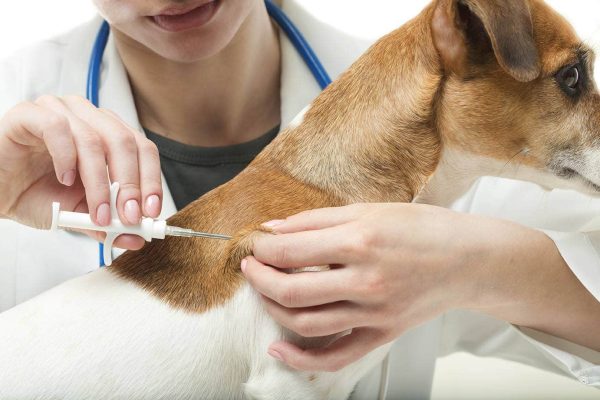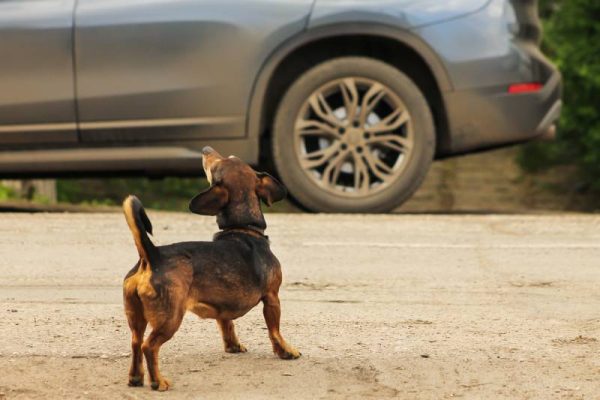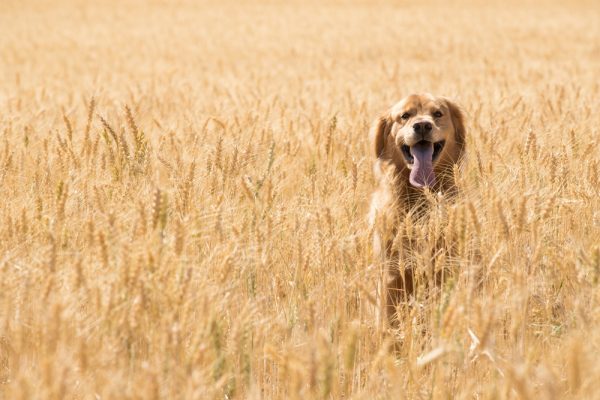In this article
View 3 More +Dogs don’t commonly walk around with braces like humans do, so it’s no surprise that most people rarely see them. You might be wondering if dogs can even get braces in the first place. The answer is yes, canines can wear braces for dental corrections.
Veterinarians specializing in dentistry and orthodontics have been utilizing tools like braces to treat canines for years, though the practice isn’t common. So, here’s what you should know about dogs getting braces.

What Dental Problems Can Be Corrected With Braces for Dogs?
Dog braces can help correct a variety of different dental issues, some of which are particularly serious. Although other treatment options are likely available for these conditions, braces might end up being the most effective. Dental problems that can be treated with dog braces include:

- Linguoverted Teeth — Mandibular canine teeth become displaced and put pressure on soft tissue, which causes pain and discomfort. Without treatment, the pressure of the canine teeth can create small holes in the mouth, which typically leads to chronic sinus infections. This is one of the most common dental problems seen among dogs.1
- Overbite — This is when the lower jaw is not as long as the upper jaw, which can cause the top canine teeth to point outward instead of down like they’re supposed to.
- Overcrowding — This is when teeth are too close together or are positioned in a way that they slightly overlap each other, and crowding develops as time goes on.
- Misalignment — This is when the teeth come in misaligned and/or crooked.
- Stabilization — Sometimes, teeth must be stabilized after surgery, most commonly when part of the jaw is removed as part of a cancer treatment plan.
Whether braces would be used to treat any of these problems depends on various factors, such as if the problems are leading to pain or are a danger to the dog’s health in some way. A veterinary dentist would be the one to make this determination.
When Should Your Dog Get a Dental Exam for Dog Braces?
If a dog needs braces, there are typically signs of the necessity. One sign that most owners notice is that their dogs have a hard time eating due to pain, a misalignment of teeth, or other dental reasons. A dog might also drop food while eating or tend to shy away from being touched or petted on the face or jaw.
Visual signs of dental issues in the mouth could be crooked teeth, that look crowded, and that are growing in incorrect directions. If any signs of orthodontic problems arise, a veterinary dentist should be consulted. If you believe that your pup might need braces, contact your veterinarian for guidance and possibly a referral to a veterinary dentistry and orthodontics specialist.
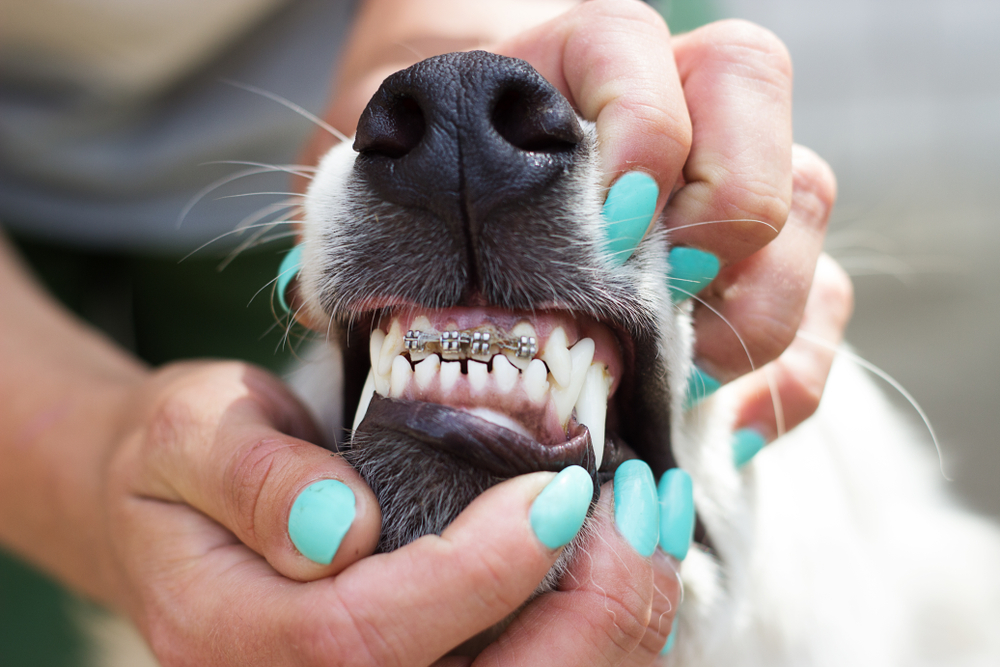
Factors for Vets When Prescribing Dog Braces
A veterinary dentist will consider various factors when deciding whether to prescribe braces for a dog. The first thing to be determined is whether braces would be the most superior and/or beneficial form of treatment. However, there are other important considerations, such as whether the dog is healthy enough to undergo the procedure of getting braces while under anesthesia.
Also, other treatment options that aren’t as invasive as braces should be carefully scrutinized for effectiveness and efficiency to determine whether they should be used instead. These options may include tooth extraction, filing, and ball therapy. Another factor is whether a dog’s owner has the time, resources, and willingness to provide extra care for their pup while their braces are in place.

Frequently Asked Questions
How Long Do Dog Braces Stay On?
Dogs typically don’t need to wear braces for as long as humans do due to their physiology, which is good because most canines aren’t fond of wearing braces for even a minute! For some dogs, braces only need to be worn for a few weeks. For others, it could take a few months at most. It all depends on how well the treatment is working and how quickly the dog’s teeth react to the treatment.
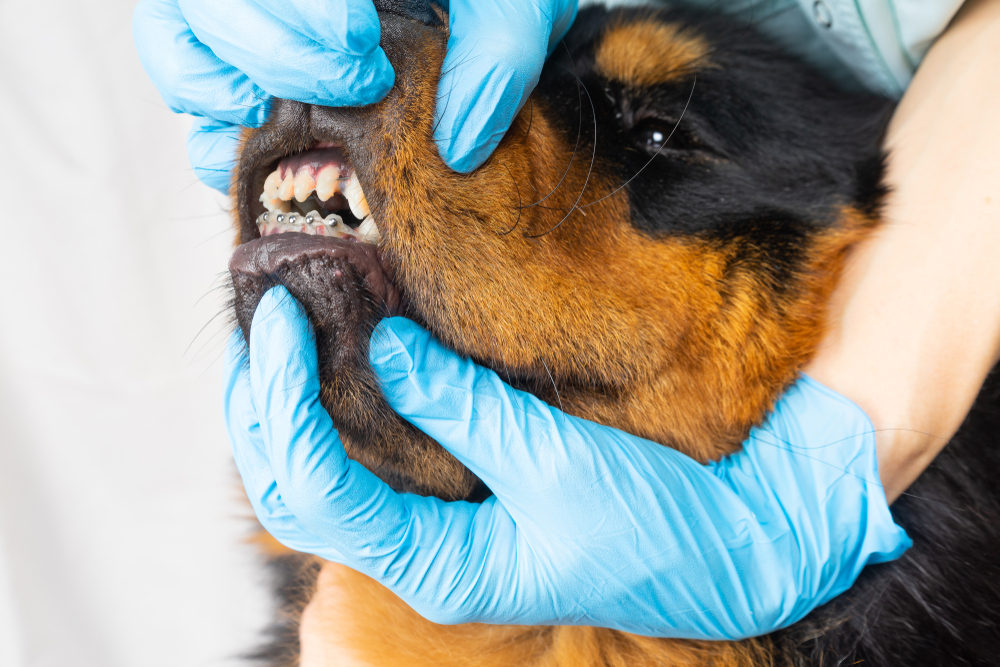
How Should Dog Braces Be Cared For?
While not much maintenance is needed for a dog’s braces, owners must still do a few things regularly to ensure the treatment’s success. First, they must brush their dog’s teeth and braces daily to ensure that food and debris don’t build up. Second, they should check for problems several times a week in case adjustments need to be made or a checkup ought to be scheduled. If prescribed, a pet-safe mouthwash designed to keep germs at bay should be used as directed.
How Much Do Dog Braces Cost?
The cost of braces can vary depending on various factors, such as your location, the fee schedule of the specific veterinary dentist you’re working with, and the type of braces being installed. In general, owners can expect to spend anywhere from about $1,500 to $5,000 on their dogs’ braces, give or take.

Final Thoughts
Yes, dogs can wear braces but it isn’t a common phenomenon. When they can help treat a serious dental problem, braces can be a pricey solution. It’s always a good idea to first explore all other viable options that are not as invasive.
See also:
Featured Image By: YAKOBCHUK VIACHESLAV, Shutterstock

